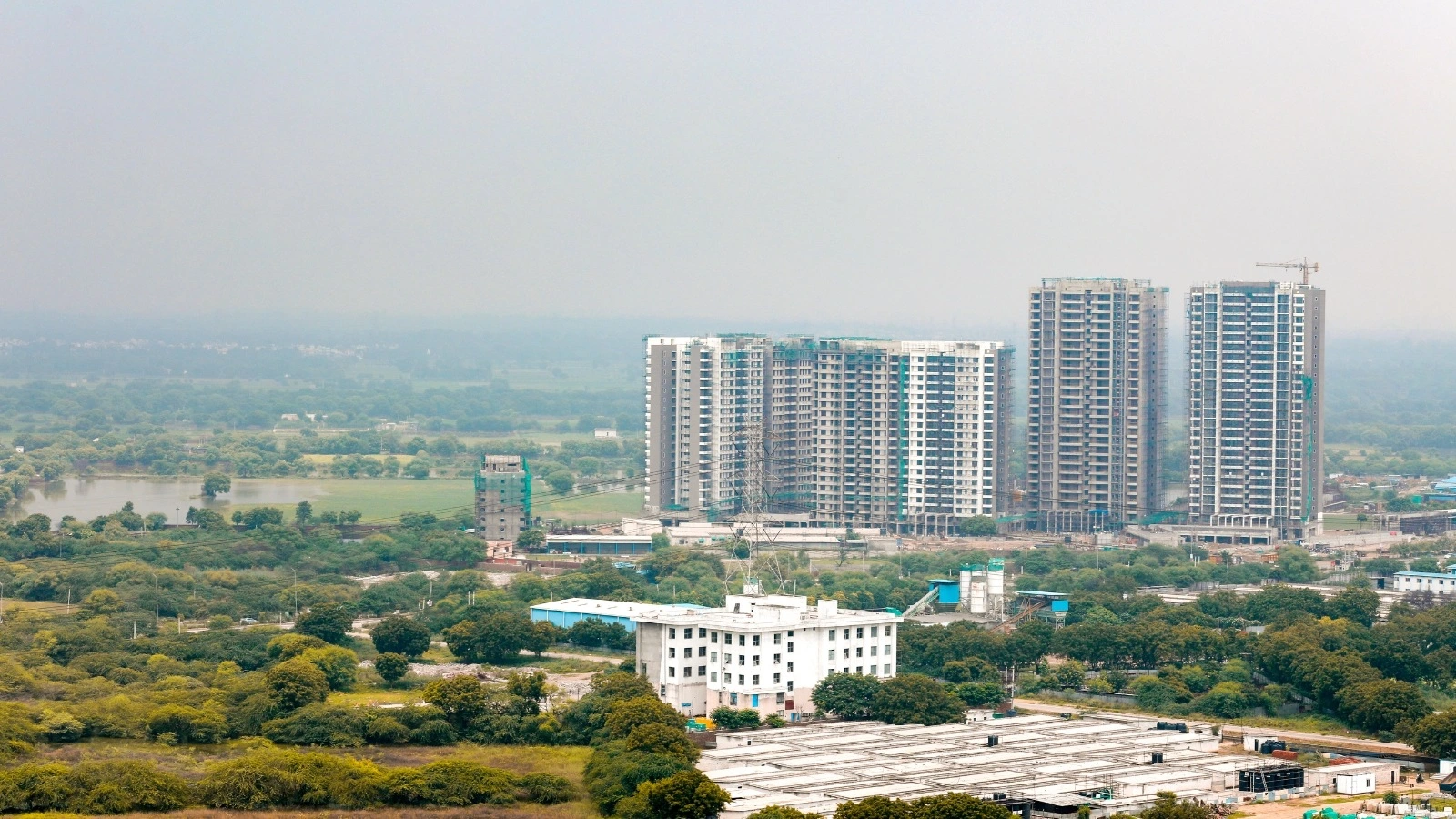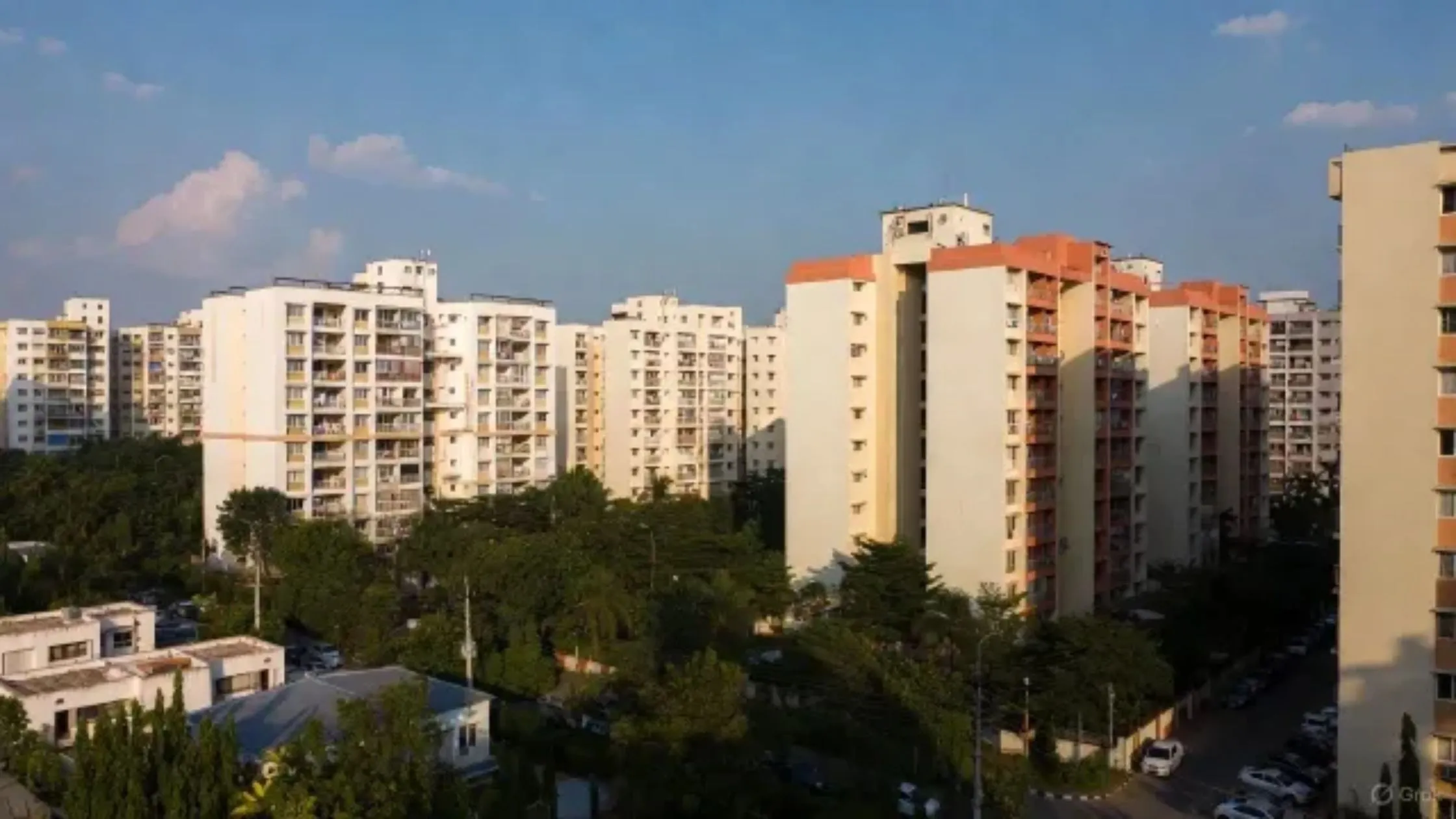Table of Content
Goa, renowned for its vibrant culture and rich history, has taken a significant step toward preserving its heritage while promoting sustainable development. The recently approved Goa State Heritage Policy serves as a comprehensive framework for safeguarding the state’s unique cultural, historical, and natural assets. This policy is not only a milestone for heritage conservation but also a game-changer for private homeowners, who will now benefit from incentives designed to protect their properties' historical value.
A New Era for Goa’s Heritage Conservation
The Goa sustainable heritage policy is a forward-thinking initiative aimed at protecting and promoting both tangible and intangible heritage. This includes historical landmarks, traditional architecture, festivals, crafts, and oral traditions. By integrating local traditions with global best practices, the policy strikes a balance between preservation and sustainable development.
Key directives under the policy focus on conservation, restoration, management, and promotion of heritage assets. The policy also emphasizes community involvement and education, ensuring that heritage preservation becomes a collective responsibility.
Incentives for Private Heritage Properties
One of the standout features of the policy is its provision for private heritage properties. Owners of such properties can now access financial assistance, technical support, and recognition programs. These measures aim to incentivize the maintenance and conservation of historic homes, many of which are integral to Goa's cultural identity.
The policy also encourages the adaptive reuse of heritage properties. By transforming these homes into sustainable ventures, such as boutique accommodations or cultural centers, owners can preserve the architectural and cultural value of their properties while contributing to Goa’s tourism sector.
Also Read: Housing Supply in Tier-2 Cities Sees a Major Cooldown in Q1 2025: What's Behind the 35% Drop?
Promoting Heritage Tourism
The policy places significant emphasis on boosting heritage tourism. Goa’s cultural and historical assets are set to be showcased through curated experiences, offering visitors an authentic glimpse into the state’s rich heritage. This not only promotes tourism but also ensures that the economic benefits are shared with local communities.
Incorporating heritage conservation into the academic curriculum further strengthens this initiative, equipping future generations with the knowledge to uphold and celebrate Goa’s legacy.
Alignment with Global Standards
To ensure that Goa's efforts are globally recognized, the policy aligns with international frameworks such as those of UNESCO and the International Council on Monuments and Sites. Legislative reforms and structured mandates form the backbone of this initiative, making it a model for other states and countries to emulate.
One of the highlights is the policy’s robust digital documentation initiative, which aims to catalog Goa’s heritage assets. This ensures accessibility for global audiences and preserves valuable information for future generations.
A Community-Centric Approach
The policy is designed to foster community engagement, recognizing that sustainable heritage conservation is only possible with active participation from local stakeholders. Community-centric strategies focus on empowering locals to become custodians of their heritage, thereby fostering a deeper connection to their cultural roots.
Impact of the Goa Sustainable Heritage Policy
- Private Homeowners
With financial aid and recognition programs, private homeowners can now preserve their heritage properties without facing financial strain. Adaptive reuse initiatives further enable them to turn these homes into sustainable enterprises, blending tradition with innovation. - Tourism and Economy
By promoting cultural tourism, the policy positions Goa as a global heritage destination. This diversification of tourism offerings is expected to boost the local economy while preserving the environment and culture. - Cultural Preservation
Goa’s rich traditions, from its festivals to crafts, are safeguarded under this policy. This ensures that the state’s unique identity is passed on to future generations, preserving its historical and cultural essence.
Conclusion
The Goa sustainable heritage policy represents a landmark effort to harmonize heritage conservation with modern development. By providing incentives to private homeowners and emphasizing community participation, the policy ensures that Goa's cultural legacy is not only preserved but celebrated.
As the state embarks on this ambitious journey, it invites collaboration from all stakeholders—government, locals, and global entities. Together, these efforts will transform Goa into a model of sustainable heritage conservation, setting a precedent for the rest of the country and beyond.
Follow AquireAcers Whatsapp Channel to Stay Updated With The Latest Real Estate News





_1765522271.webp)

Ans 1. The Goa State Heritage Policy is a comprehensive initiative aimed at preserving Goa's cultural, historical, and natural assets. It includes measures for conserving tangible heritage, such as historical landmarks and architecture, as well as intangible elements like festivals and crafts. The policy integrates global standards with local traditions to ensure a balance between preservation and sustainable development.
Ans 2. Private homeowners of heritage properties benefit from financial assistance, technical support, and recognition programs under this policy. Additionally, adaptive reuse initiatives encourage property owners to transform their homes into sustainable ventures, such as boutique accommodations or cultural centers, preserving their historical and architectural value while supporting tourism.
Ans 3. The policy focuses on showcasing Goa’s cultural and historical assets through curated experiences. By offering visitors an authentic insight into Goa’s heritage, it strengthens cultural tourism and ensures economic benefits are shared with local communities. Educational initiatives are also incorporated to build awareness and appreciation for heritage conservation.
Ans 4. Digital documentation is a cornerstone of the policy, aimed at cataloging Goa’s heritage assets for global accessibility and future preservation. This initiative ensures that critical information about Goa’s heritage is recorded, shared, and safeguarded for generations to come.
Ans 5. The policy is aligned with international standards, such as those established by UNESCO and the International Council on Monuments and Sites. This ensures Goa’s heritage conservation efforts are globally recognized and adhere to best practices in preservation and sustainable development.
Ans 6. By promoting cultural tourism, the policy enhances Goa's global appeal as a heritage destination. This diversification of tourism offerings is expected to stimulate the local economy, create jobs, and support sustainable practices while maintaining Goa's environmental and cultural integrity.
Ans 7. Community engagement is central to the policy, empowering local residents to act as custodians of their heritage. By fostering active participation, the policy aims to strengthen the connection between locals and their cultural roots, ensuring that conservation efforts are sustainable and inclusive.
Ans 8. The policy tackles challenges such as the financial burden on private homeowners for property maintenance, the risk of losing intangible cultural heritage, and the need for sustainable tourism development. It provides structured solutions that balance heritage conservation with economic growth and modern development.
Ans 9. The policy ensures that Goa’s rich traditions and historical assets are safeguarded for future generations. By promoting a holistic approach to heritage conservation, it preserves the state’s unique identity and cultural essence in the face of modernization.
Ans 10. The policy's integration of incentives for private homeowners, emphasis on community involvement, alignment with global standards, and focus on sustainable development make it a blueprint for heritage conservation. Its innovative approach sets a precedent that other states and countries can follow to balance preservation with progress.